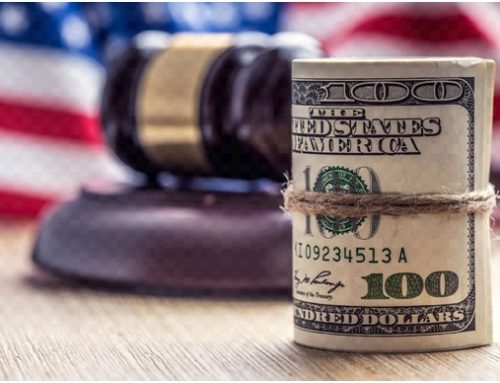Bail is a legal process of temporary release with conditions that judges give to the defendants awaiting trial. The court’s set requirements help ensure the defendant’s appearance in court proceedings and prevent new criminal charges. Moreover, money bail requires the defendant to pay the bail amount to be released from jail either through the defendant’s money or Denver bail bond companies.
Currently, pre-trial release through bail company is an integral part of the American legal process. This process allows the defendants to continue their lives outside fo prison while they await trial.
But how or when did the bail process start?
The origin of bail
The system of releasing a defendant awaiting trial in exchange for money dates back to the 13th century in England. As it was a common practice back then, the sheriffs had the right to either hold or let go of a criminal. Sheriffs could allow potential criminals to be free by making payments. However, even before the 13th century, around 410-1066 (The Anglo-Saxon period in England), money bail was already used to settle disputes peacefully.
The beginning of the bail bonds system
The bail system eventually became formal and legal in 1275 when the English Parliament passed the Statute of Westminster. The statute determines which crimes are subject for bail since not all charges can post bond. It is still considered as the primary system that the United States follows up to date.
The First Bail Bonds Companies
Shortly after the passing of the Statute of Westminster, businesspeople started the first bail company. The Denver bail bond companies today still hold the basic principle of the first bail bonds businesses in England wherein the defendant is subject to give a percentage of the bail amount, while the bondsman will pay the rest of it.
Bail Bonds in the US
Back then, the United States was part of England and used the English legal system. Even after the US’ Declaration of Independence, the legal system stayed mostly the same except for some minor reforms.
The Bail Reform Act of 1966
It is the first significant legislation about bail bonds in the United States since its independence from England. The Bail Reform Act of 1966 states defendants facing trial for a crime other than murder can be released through recognizance wherein no money used to post bail. Release on recognizance is often used and applied to minor criminal charges with no prior criminal record.
The District of Colombia Court Reform
There were perceived shortcomings in the Bail Reform Act of 1966 in which people out on bail for non-capital offenses were committing new crimes at an alarming rate. That’s why the District of Colombia passed legislation that addressed the defendant’s potential risk to the community, even on capital offenses.
The Bail Reform Act of 1984
It is the most recent passed legislation that has had a significant effect on the modern bail bonds system. Under the Bail Reform Act of 1984, pre-trial detention is after determining that the offender poses a danger to the community and not only based on him or her being a flight risk. Currently, defendants who are facing serious criminal charges could be denied bail.
Do you need bail bond services in Denver, CO? Contact Lucero’s Bail Bonds today. Call us 24/7 at 303-573-5555.







